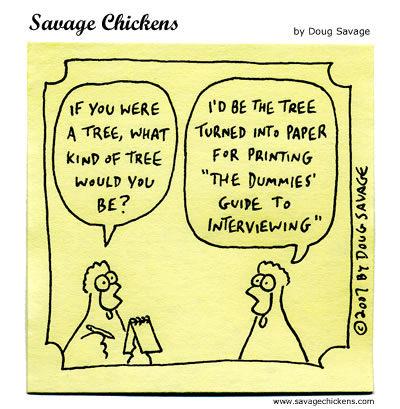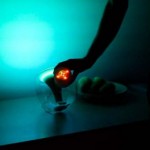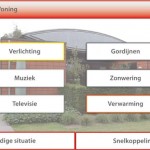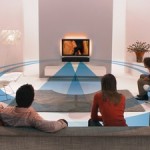 How time perception is warped by life-threatening situations, eye movements, tiredness, hypnosis, age, the emotions and more…
How time perception is warped by life-threatening situations, eye movements, tiredness, hypnosis, age, the emotions and more…
Interesting post from PsyBlog.
 How time perception is warped by life-threatening situations, eye movements, tiredness, hypnosis, age, the emotions and more…
How time perception is warped by life-threatening situations, eye movements, tiredness, hypnosis, age, the emotions and more…
Interesting post from PsyBlog.
Creating a PPTP VPN provides basic encryption but is better than none.
Install the necessary software (pptpd, pop):
user@ubuntu:~# sudo apt-get install pptpd ppp
Continue reading Setting up a PPTP Server on Ubuntu 12.04 LTS
 Today I got a question from a student about how to properly conduct a user interview. Here is a practical answer from Whitney Hess.
Today I got a question from a student about how to properly conduct a user interview. Here is a practical answer from Whitney Hess.
by Gerrit Niezen.
 The thesis describes the design and development of an ontology and software framework to support user interaction in
The thesis describes the design and development of an ontology and software framework to support user interaction in
ubiquitous computing scenarios. The key goal of ubiquitous
computing is “serendipitous interoperability”, where devices
that were not necessarily designed to work together should be
able to discover each other’s functionality and be able to make
use of it. Future ubiquitous computing scenarios involve hundreds of devices. Therefore, anticipating all the different types
of devices and usage scenarios a priori is an unmanageable
task.
In the era of social networking and computing, the creation of intelligent systems, products, and related services in a social context is facing a number of technology supported social challenges.
In their paper [PDF, 200K], “FROM VIRTUALITY TO REALITY AND BACK”, the authors presented an overview of the “reality” concepts in design and related areas, including Milgram and Colquhoun (1999)’s Reality to Virtuality continuum, as well as a classification of reality concepts according to correlation between perception and action and level of interaction.
During my sabbatical visit to Jiangnan University last year, I was interviewed by the journal “Creation and Design”. I was asked about my opinion about the topics such as interaction design, design education and training, as well as my impression about industrial design education in China etc. Well, if you read Chinese, here is the article:

PhD project done by Alex Juarez.
The topic of this PhD project is in the context of cross-reality, a term that defines mixed reality environments that tunnel dense real-world data acquired through the use of sensor/actuator device networks into virtual worlds. It is part of the ongoing academia and industry efforts to achieve interoperability between virtual and real devices and services.
Final USI project by Leoni van de Sande. Summary of the report: [PDF, 300K]. Complete report upon request.

The aim of this industrial project at Smart Homes , the Dutch expertise centre on home automation and smart living, was twofold. On the one hand, the level of appreciation of existing (concepts of) smart home applications was examined. In this purpose, (concepts of) smart home applications were first collected through field research, literature, and European and national projects Smart Homes contributes to. Afterwards, the collected (concepts of) smart home applications were filtered based on the smart home classification by Aldrich and its appreciation was tested by means of a questionnaire. Based on the results of this questionnaire, the applications that were most appreciated were visualized. Ideally, these visualizations will be shown in the Smartest Home of the Netherlands, a test and demonstration home located in Eindhoven, to show visitors the added value of home automation (i.e. domotica).
Continue reading Optimizing the added value and usability of the Smartest Home of the Netherlands
Final USI Report by Angeliki Angeletou. [PDF, 1.9M]

Surround Sound Systems are designed to faithfully reproduce a movie soundtrack and provide an immersive sound experience to the user, when the loudspeaker placement and the listening position comply with certain standards. Deviation from these standards can cause a distorted or unnatural sound image. In order to address the impact of the loudspeaker setup on the listening experience, two Philips Surround Sound Systems were integrated with Ultra Wideband (UWB) localization technology for the design of two demonstrators. Each demonstrator is composed of two parts; a localization module, providing user’s and speakers’ coordinates and audio tuning algorithms which use this information for the calculations of the signals that are sent to the speakers. In the present study, the performance evaluation of each component as well as the implementation of the demonstrators are described and discussed.